
ROSEMARY FOLLETT
Chief Minister of the Australian Capital Territory, 1989-1990; 1991-1995
Australian Labor Party
Rosemary Follett was elected the Australian Capital Territory’s first chief minister in 1989, making her the first woman in Australian history to head a government at the state or territorial level. The former civil servant did not remain in the post for long, losing a no-confidence vote in 1990. She recaptured the post in 1991 and was re-elected in 1992 but subsequently lost the 1995 election to the Liberal’s Kate Carnell. Follett left territorial politics in 1996.
Sources: The Australian Women’s Register; The Encyclopedia of Women and Leadership in Twentieth-Century Australia.
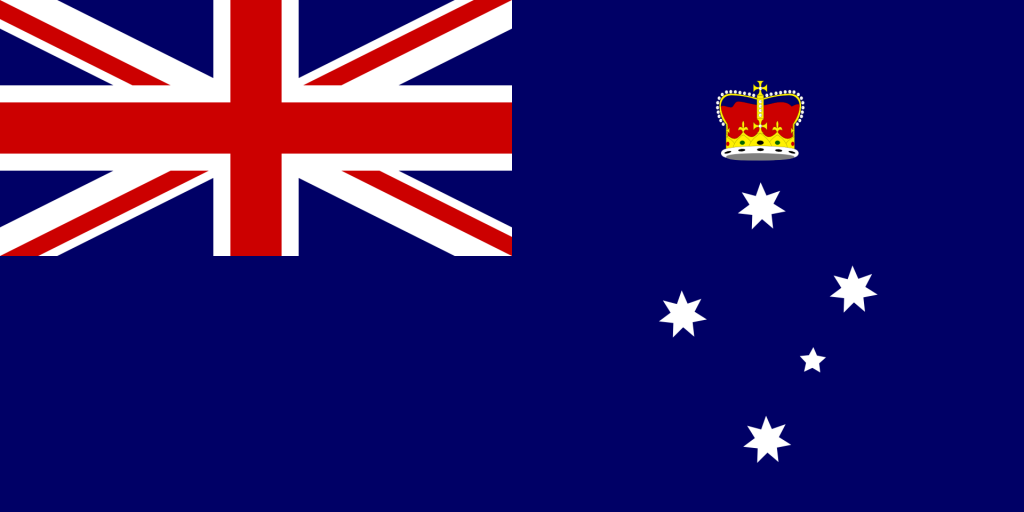
JOAN KIRNER
Premier of Victoria, 1990-1992
Australian Labor Party
A former civil servant and a long time community activist, Joan Kirner was a member of the Victorian state parliament from 1982-1994. Kirner held several cabinet positions, including conservation minister, education minister, and deputy premier, before becoming Victoria’s first female premier upon the resignation of John Cain. She retired from state politics in 1994. In 1996, Kirner helped launch EMILY’s List Australia, which provides financial support to women seeking elected office. Kirner died in 2015 after a long illness.
Sources: The Australian Women’s Register; The Encyclopedia of Women and Leadership in Twentieth-Century Australia; Obituaries Australia.
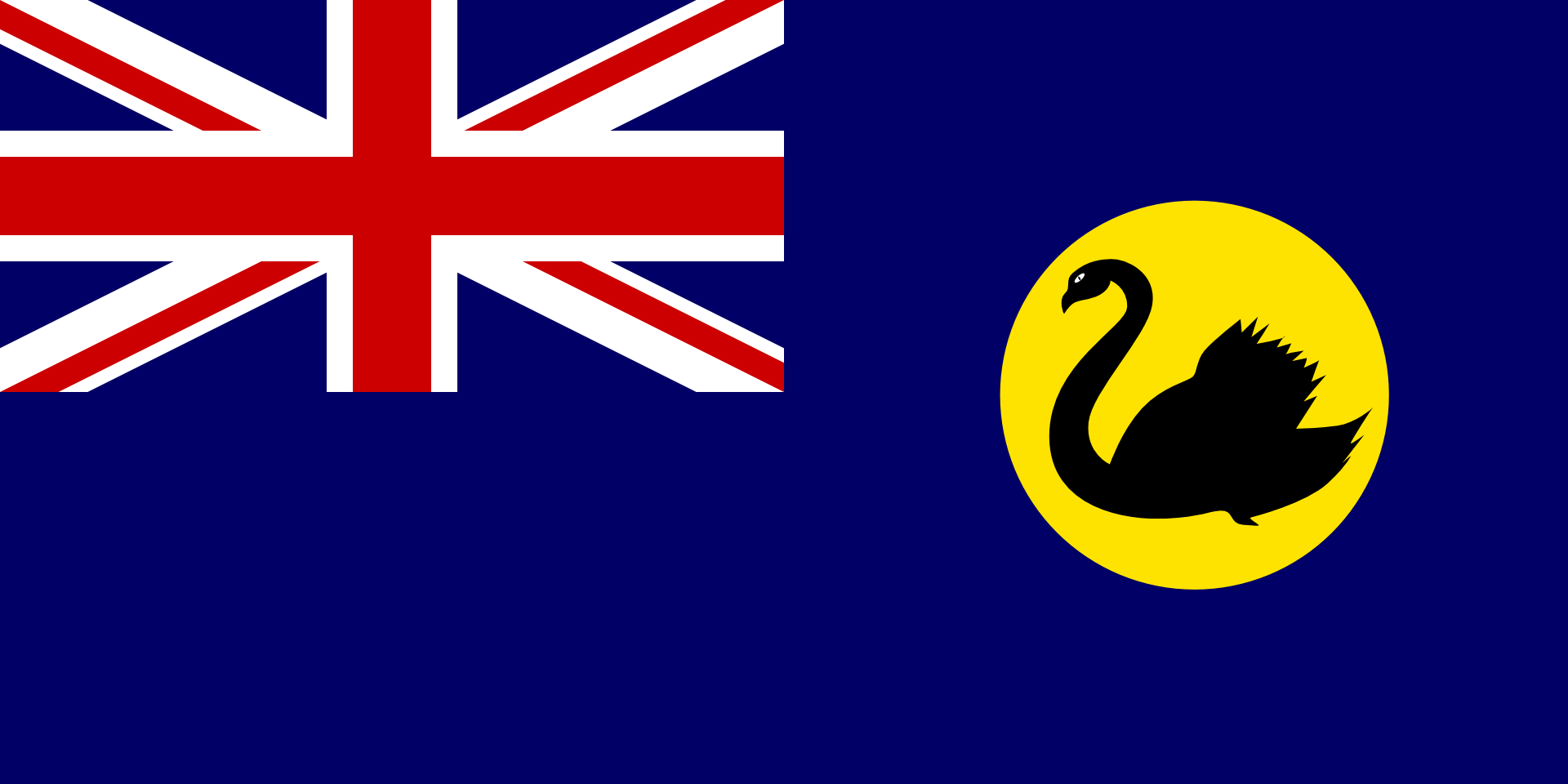
 CARMEN LAWRENCE
CARMEN LAWRENCE
Premier of Western Australia, 1990-1993
Australian Labor Party
Carmen Lawrence, an academic by profession, was first elected to the Western Australian state parliament in 1986 and was appointed education minister two years later when Peter Dowding took over as premier. In February 1990, Lawrence became Western Australia’s first female premier when Dowding was forced from office. Her tenure came to an end in 1993 when her party lost the general election. Lawrence served as opposition leader until she made the jump to federal politics in 1994. Sources: The Australian Women’s Register; The Encyclopedia of Women and Leadership in Twentieth-Century Australia. Photo: State Library of Western Australia (Flickr).
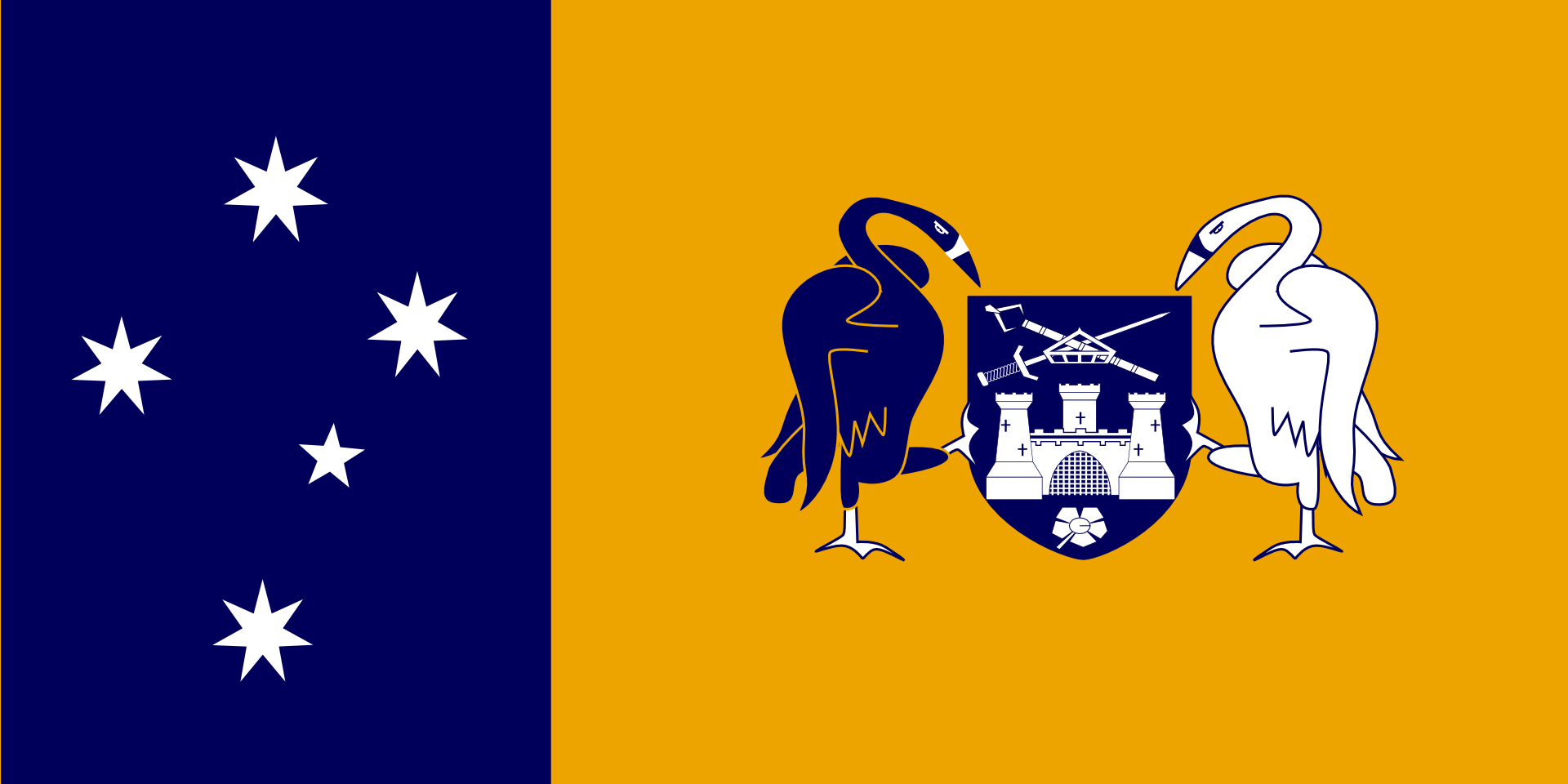
KATE CARNELL
Chief Minister of the Australian Capital Territory, 1995-2000
Liberal Party of Australia
Kate Carnell was the second woman to be chief minister of the Australian Capital Territory, defeating Rosemary Follett’s Australian Labor Party in the 1995 election. A pharmacist and successful businesswoman, Carnell first entered the ACT legislative assembly in 1992 and became Liberal leader in 1993. After serving for five years as chief minister, Carnell resigned and left territorial politics in 2000.
Sources: The Australian Women’s Register; The Encyclopedia of Women and Leadership in Twentieth-Century Australia.

CLARE MARTIN
Chief Minister of the Northern Territory, 2001-2007
Australian Labor Party
Clare Martin began her career in territorial politics in 1995, winning a by-election before consolidating her seat two years later in the 1997 general elections. The former broadcast journalist became Labour leader in 1999, leading her party to victory in the 2001 and 2005 elections. Martin resigned as chief minister in 2007 over controversial interventions by the federal Howard government that were seen as harmful to Indigenous Australians.
Sources: The Australian Women’s Register; The Encyclopedia of Women and Leadership in Twentieth-Century Australia; Monash University; Sydney Morning Herald.
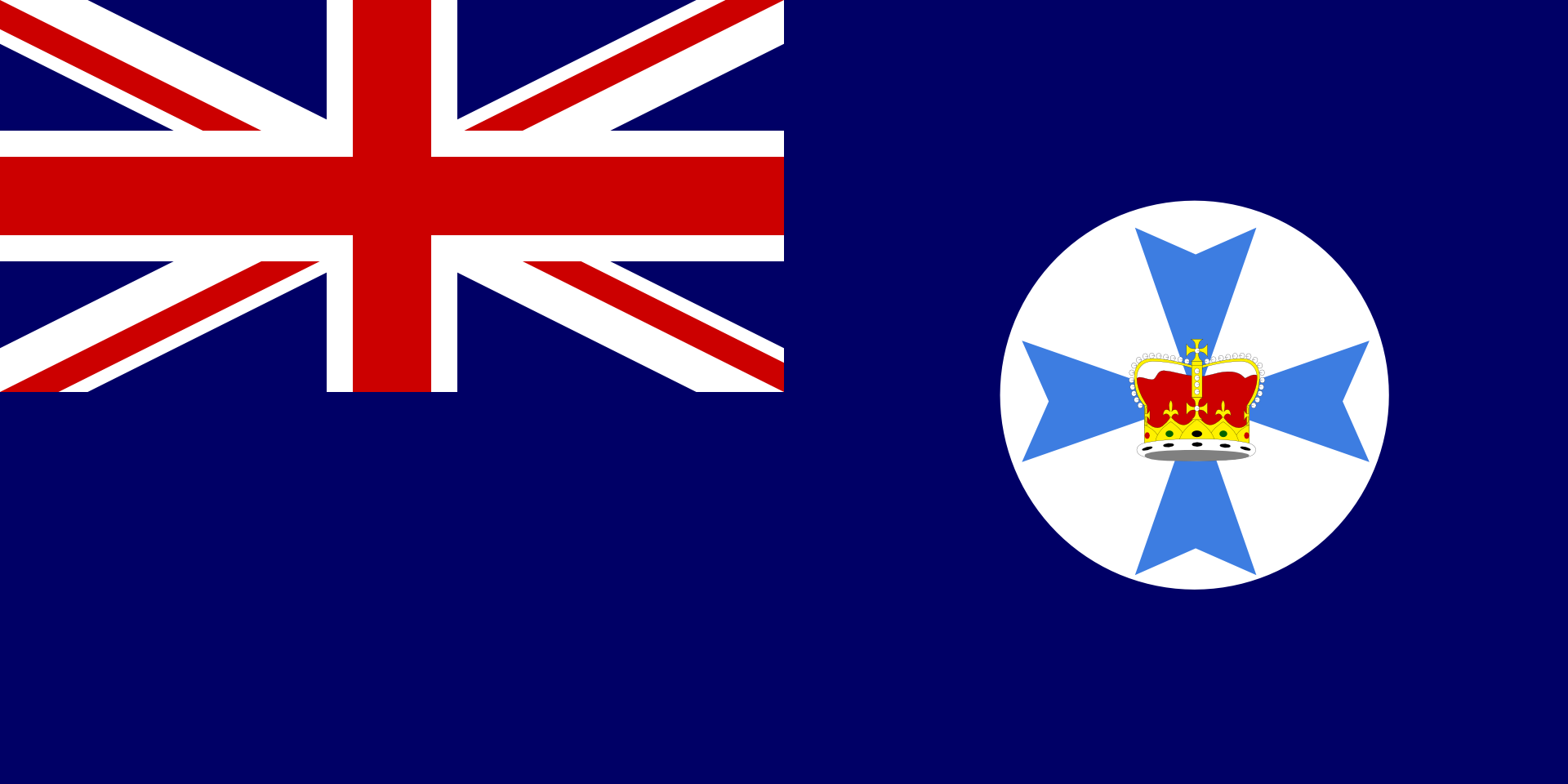
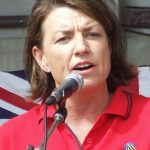 ANNA BLIGH
ANNA BLIGH
Premier of Queensland, 2007-2012
Australian Labor Party
Anna Bligh enjoyed a long career in Queensland politics, holding the South Brisbane seat in the state parliament from 1995 to her retirement in 2012. During her time in office, she held a number of cabinet portfolios including infrastructure, finance, education, and arts. Bligh took over as premier in 2007 after Peter Beattie stepped down, and she went on to lead her party to victory in the 2009 election. Bligh announced her resignation from politics after Labour was decimated in the 2012 election. Sources: The Australian Women’s Register; The Courier Mail; The Encyclopedia of Women and Leadership in Twentieth-Century Australia. Photo: David Jackmanson (Flickr)
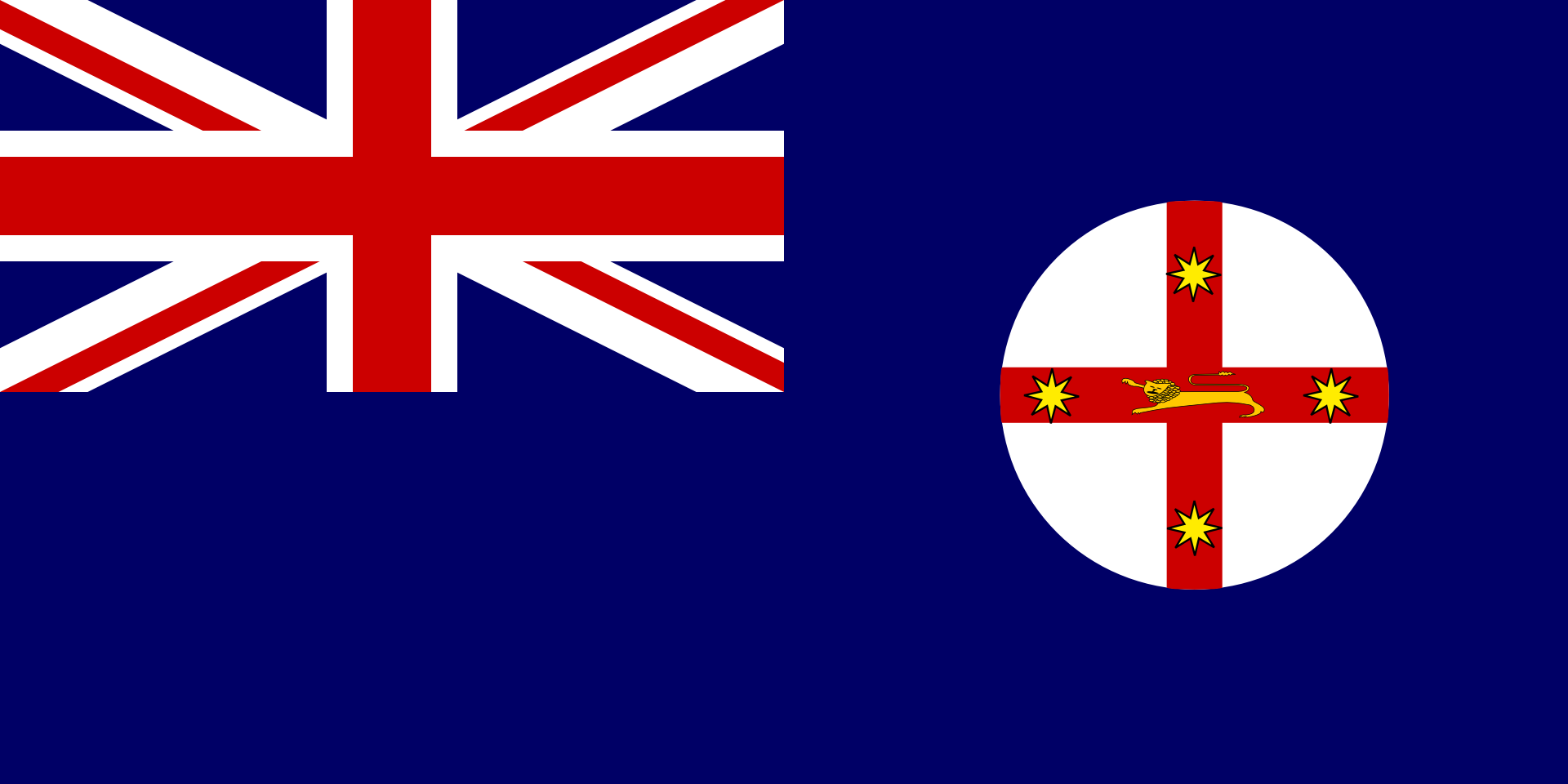
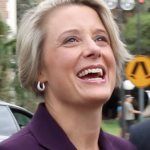 KRISTINA KENEALLY
KRISTINA KENEALLY
Premier of New South Wales, 2009-2011
Australian Labor Party
A former social worker and teacher, Kristina Keneally was a member of the New South Wales parliament between 2003 and 2012. She served one term as a backbencher before being appointed to cabinet following the 2007 state elections. Her rise to, and fall from, the premiership was swift: she was selected to replace Nathan Rees as Labor party leader and premier in 2009, but was herself replaced after she led the party to defeat in the 2011 election. Keneally resigned from parliament in 2012.
Sources: The Australian Women’s Register; The Encyclopedia of Women and Leadership in Twentieth-Century Australia; Parliament of New South Wales.

 KATY GALLAGHER
KATY GALLAGHER
Chief minister of the Australian Capital Territory, 2011-2014
Australian Labor Party
Katy Gallagher spent 10 years in territorial politics before becoming the chief minister of the Australian Capital Territory in 2011. A former union organizer, Gallagher was first elected to the legislative assembly in 2001 and went on to win to win the next three elections. During her time in office, she was the minister responsible for health, community services, and women as well as the deputy chief minister and treasurer. She resigned from territorial politics in late 2014 to run for a federal senate seat.
Source: The Australian Women’s Register; The Canberra Times.

 LARA GIDDINGS
LARA GIDDINGS
Premier of Tasmania, 2011-2014
Australian Labor Party
Lara Giddings has played a key role in women’s advancement in Australian politics. In the 1990s, she helped found EMILY’s List Australia, an organization dedicated to supporting women candidates. She was also elected to state parliament in 1996 at the age of 23, losing her seat in 1998 but successful contesting another one in 2002. First appointed to cabinet in 2004, Giddings went on to hold several posts including justice, economic development, and health. In 2011, she became the first woman premier in Tasmania when her colleagues selected her to replace the outgoing David Bartlett. She resigned from parliament in 2014. Source: The Australian Women’s Register. Photo: Paris Buttfield-Addison (Flickr).
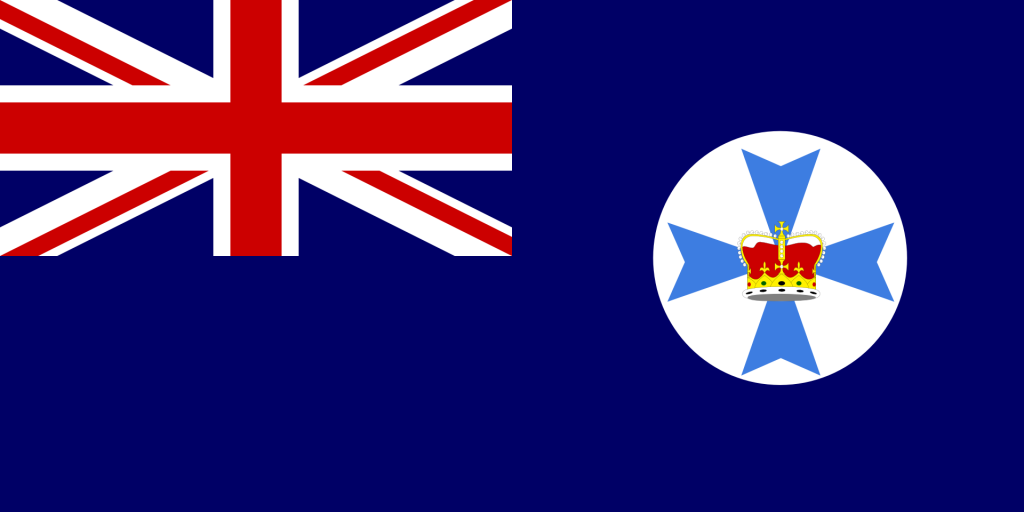
 ANNASTACIA PALASZCZUK
ANNASTACIA PALASZCZUK
Premier of Queensland, 2015-Present
Australian Labor Party
Annastacia Palaszczuk was the first woman in Australia to take a political party from opposition to government when she led Labor to victory in the 2015 elections. Two years later, in 2017, Palaszczuk made history again when she became the first woman premier to secure a second term in office when Labor won re-election in the state elections. With this election victory, Palaszczuk also became the first woman in Australia or Canada to win a second term with a majority government. Trained as a lawyer, Palaszczuk first entered the Queensland parliament in 2006 and won at subsequent trip to the polls in 2009, 2012 and 2015. In the Bligh government, she was minister for disability services and multicultural affairs and then transport before becoming Labor leader in 2012. Palaszczuk is the second woman to be premier of Queensland. Source: The Australian Women’s Register.

 GLADYS BEREJIKLIAN
GLADYS BEREJIKLIAN
Premier of New South Wales, 2017-Present
Liberal Party of Australia
Gladys Berejiklian has been a member of the New South Wales parliament since 2003 and the premier since January 2017, when she was elected leader of the Liberals. She consolidated her position when she led the Liberals to a third term in office in the 2019 elections, the first woman in the state to do so. She has extensive executive experience, holding the shadow portfolios of mental health, youth affairs, cancer and medical research while the Liberals were in opposition and the cabinet portfolios of transport, industrial relations, and treasury after they returned to power. Berejiklian worked in finance before getting into politics. Source: The Australian Women’s Register; Parliament of New South Wales.